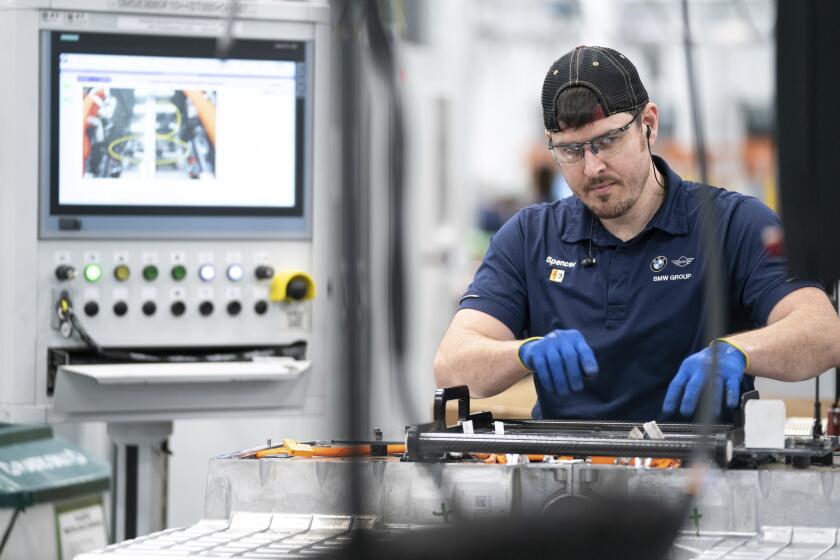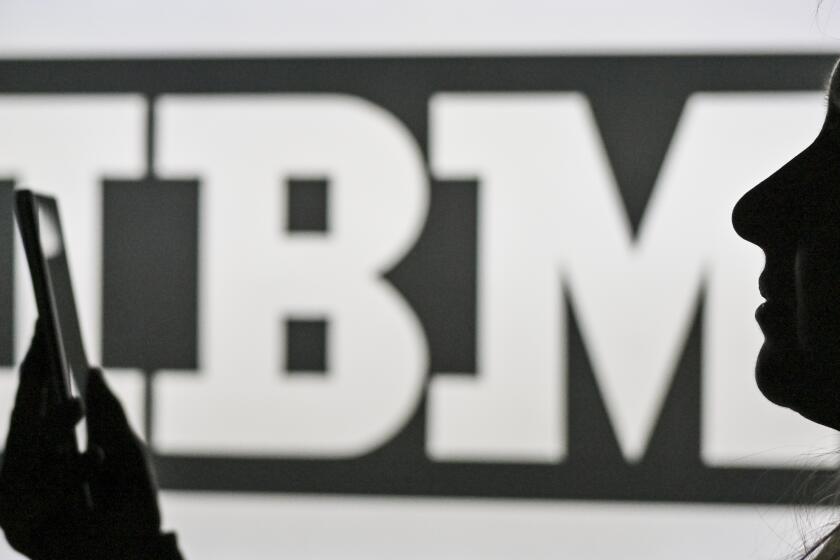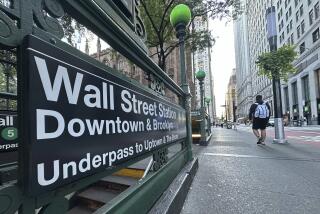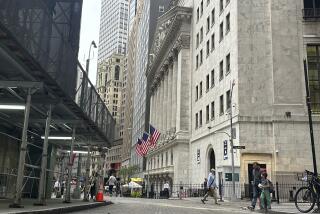Standard & Poor’s 500 climbs to best level in nearly eight weeks
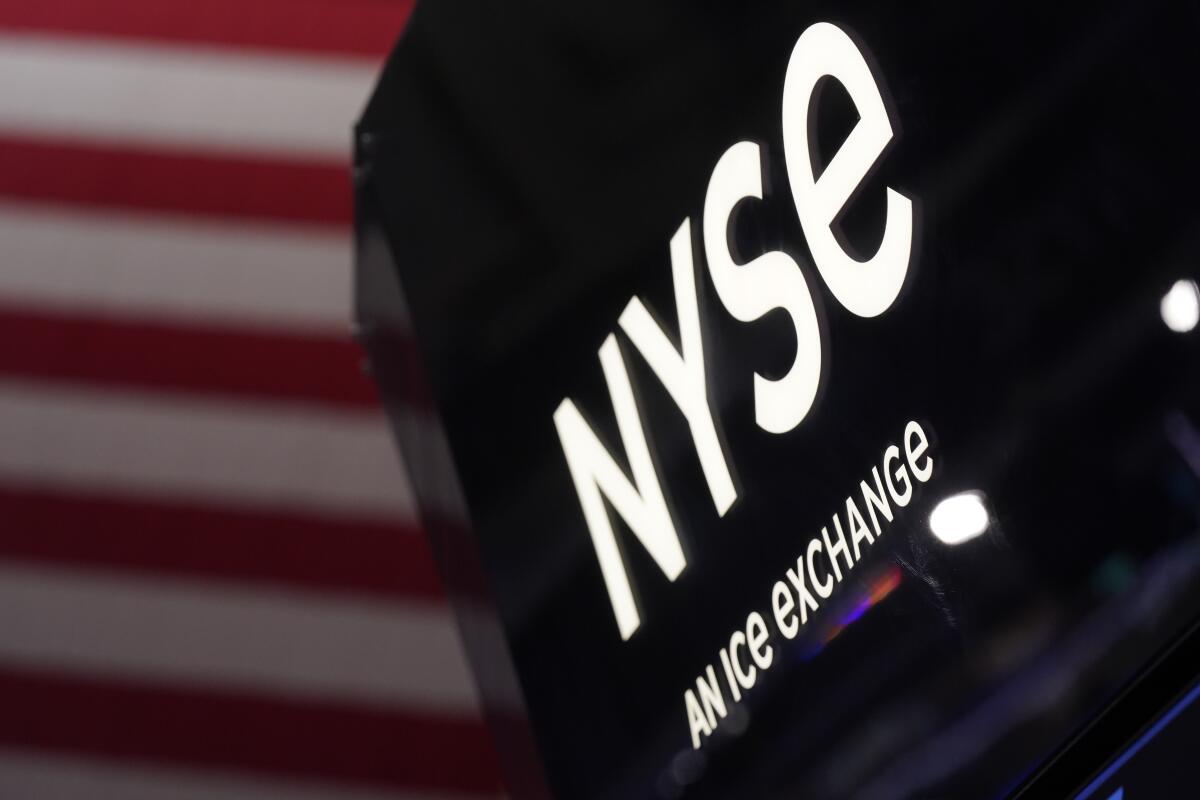
Stocks rose Thursday to send Wall Street to its highest level in nearly eight weeks after reports suggesting the economy and corporate profits may be doing better than predicted.
The Standard & Poor’s 500 index climbed 1.1% to clinch its highest finish since Dec. 2. The Dow Jones industrial average gained 0.6%, while the Nasdaq composite rallied 1.8%.
More swings may still be ahead, as Wall Street digests a growing torrent of earnings and economic reports. Markets have veered up and down recently as worries about a severe recession and drop-off in profits battle against hopes the economy can manage a soft landing and the Federal Reserve may ease up on interest rate increases. A day earlier, stocks tumbled to sharp losses out of the gate, only to roar all the way back to finish nearly flat.
Thursday’s headline report showed the overall economy held up better through the last three months of 2022 than economists expected, even with the weight of all the rate increases the Fed approved last year to combat inflation. The economy’s growth slowed to an annual rate of 2.9% in the quarter, but that was still stronger than the 2.3% that economists had forecast.
The U.S. economy ended 2022 with momentum despite the pressure of high interest rates and widespread fears of a looming recession.
Other reports showed that orders for long-lasting goods from factories strengthened by more than expected in December and fewer workers applied for jobless benefits than forecast last week.
Strong data give hope the economy can withstand last year’s blizzard of rate hikes by the Fed, plus at least one more expected next week, without crashing into a deep recession. Higher rates intentionally slow the economy by making it more expensive to borrow to buy on credit. They also drag down prices for stocks and other investments.
But a stronger-than-expected economy, particularly in the jobs market, can also carry counterintuitive risks. It could push the Fed to keep rates higher for longer to ensure inflation really is crushed. The Fed has already been saying repeatedly that it plans to do just that, at least through the end of the year, though many investors don’t seem to be buying it.
The yield on the 10-year Treasury, which helps set rates for mortgages and other loans crucial for the economy, rose to 3.49% from 3.45% late Wednesday. The two-year yield, which tends to more closely track expectations for Fed actions on interest rates, rose to 4.18% from 4.13%.
Although Thursday’s report on the economy may have been encouraging at first blush, it included some concerning signals of slowdown underneath. It’s also backward looking, said Megan Horneman, chief investment officer at Verdence Capital Advisors.
IBM delivered an upbeat annual sales forecast while announcing it would eliminate about 1.5% of its global workforce.
“The first half of this year is going to be tough,” she said, pointing to recent weakness in both the manufacturing and services sectors of the economy.
But she said she’s “in the camp that says it will be relatively short and shallow because if you look at the foundation of the economy coming into this slowdown, there are a lot of things that are much stronger than you tend to see in past recessions.”
She cited the very low unemployment rate and relatively strong balance sheets at companies and households, among other things.
On the earnings front, reports from some big tech-oriented companies helped build optimism a day after worries flared after forecasts from Microsoft widely seen as discouraging.
Tesla jumped 11% after the electric vehicle maker reported stronger profit for its latest quarter than analysts expected. Seagate Technology rose 10.9% after it reported stronger-than-expected revenue and earnings.
Steelmaker Nucor was also among the top-performing stocks in the S&P 500, rising 8.4% after beating Wall Street’s profit and revenue forecasts.
Chevron rose 4.9% after it raised its dividend and approved a program to buy back up to $75 billion of its stock. Both moves put cash directly in the pockets of shareholders, which drew criticism from Washington. White House spokesman Abdullah Hasan suggested oil companies instead “use their record profits to increase supply.”
On the losing end of Wall Street was Sherwin Williams. It fell 8.9% after reporting weaker revenue than expected for its latest quarter. It also gave a forecast for profit this upcoming year that fell well short of analysts’ expectations, as a weakened housing industry weighs on demand for paint.
IBM dropped 4.5% despite reporting profit and revenue that met Wall Street’s expectations. Analysts pointed to some below-forecast numbers related to how much cash it’s generating.
Southwest Airlines fell 3.2% after it said it lost more money than expected during its latest quarter, which was marred by more than 16,700 flight cancellations last month. It also said it expects to turn in a loss for the first three months of 2023.
All told, the S&P 500 rose 44.21 points to 4,060.43. The Dow climbed 205.57 points to 33,949.41, and the Nasdaq gained 199.06 points to close at 11,512.41.
AP writers Joe McDonald and Matt Ott contributed to this report.
More to Read
Inside the business of entertainment
The Wide Shot brings you news, analysis and insights on everything from streaming wars to production — and what it all means for the future.
You may occasionally receive promotional content from the Los Angeles Times.
